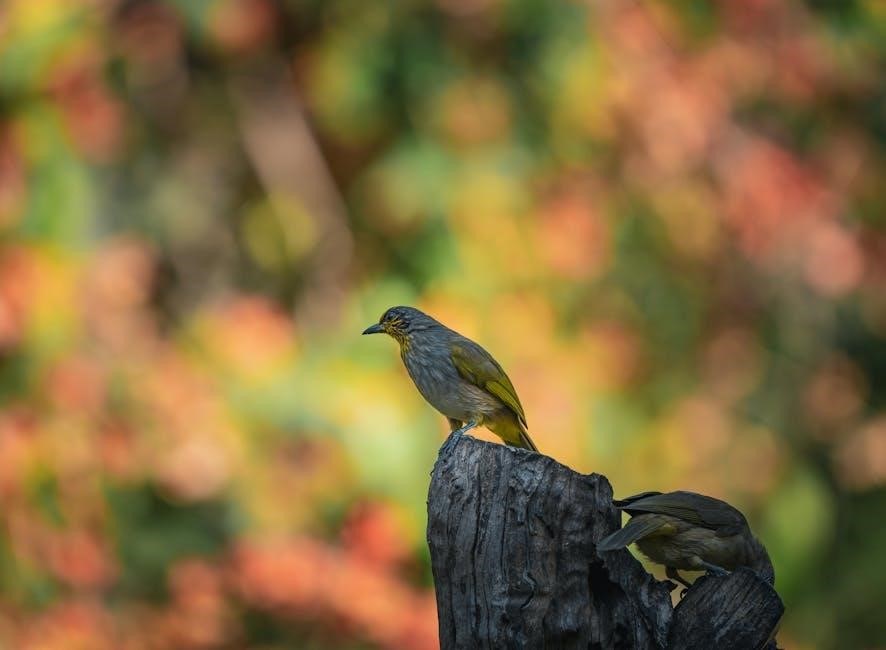The Sibyls, often depicted as enigmatic prophetesses of antiquity, share intriguing connections with the African water spirit, Mami Wata. Exploring their intertwined histories reveals a complex narrative of spiritual traditions, cultural exchange, and the enduring power of female figures.

Origins of the Sibyls
The Sibyls, figures of immense prophetic power, trace their roots to ancient traditions. Emerging from Africa, a powerful order of matriarchs, the Sibyls were revered as the first prophetesses, oracles, and Pythonesses. They greatly influenced ancient Greece, Rome and beyond.
African Matriarchal Roots
The Sibyls’ origins are deeply embedded in the matriarchal societies of ancient Africa, where women held positions of spiritual and political authority. These powerful matriarchs were not merely priestesses; they were the oracles, the prophetesses, and the keepers of sacred knowledge. Their influence extended across the continent, shaping religious practices and societal structures for thousands of years.
These African matriarchs, known as Pythonesses, worked in the oracles of Black Egyptian colonies in ancient Greece, Rome, Turkey, Israel, Syria, and Babylon. They were the original sources of prophecy, their wisdom revered and sought after by those seeking divine guidance.
This reverence for female spiritual leaders and the prominence of matriarchal systems laid the foundation for the Sibyls’ role as powerful figures in the ancient world. Their connection to Mami Wata further emphasizes the link between African spirituality and the prophetic traditions that emerged from these matriarchal roots.
Mami Wata: The Water Spirit Connection
Mami Wata, a prominent water spirit revered across Africa and its diaspora, embodies beauty, wealth, and spiritual power. She is often depicted as a mermaid-like figure, with long flowing hair and captivating eyes, symbolizing the allure and mystery of the aquatic realm. Her influence extends beyond the physical world, connecting with devotees through dreams, visions, and altered states of consciousness.
Mami Wata’s origins can be traced back to ancient African water deities, reflecting the deep connection between these cultures and the life-giving force of water. Her image has evolved over time, incorporating elements from various cultures and religions, yet her essence remains rooted in African spiritual traditions.
The water spirit’s association with the Sibyls highlights the shared themes of prophecy, female empowerment, and the profound wisdom found within the natural world. Mami Wata’s presence reinforces the notion that the Sibyls were not simply figures of mythology, but rather embodiments of a living, breathing spiritual force.

The Sibyls as Prophetesses of Mami Wata
Viewing the Sibyls as prophetesses of Mami Wata offers a compelling lens through which to understand their roles and significance. The Sibyls, revered for their prophetic abilities, can be interpreted as intermediaries between the human world and the spiritual realm presided over by Mami Wata.
This perspective suggests that the Sibyls’ oracular pronouncements were not merely divinations, but rather messages channeled from the depths of the African spiritual tradition. Mami Wata, as a powerful water spirit, would have been a source of wisdom and insight for these prophetesses, guiding their visions and shaping their prophecies.
The connection between the Sibyls and Mami Wata highlights the enduring legacy of African spirituality and its influence on ancient cultures. It suggests that the Sibyls were not isolated figures, but rather part of a larger network of spiritual practitioners connected to the divine feminine and the transformative power of water. Their prophecies, therefore, can be seen as echoes of Mami Wata’s profound wisdom.
The Theft of African Prophecy
The narrative of the Sibyls and Mami Wata raises critical questions about the appropriation of African spiritual traditions. The theft of African prophecy suggests a deliberate suppression and misrepresentation of indigenous knowledge systems.
Role of the Catholic Church
The Catholic Church’s role in the narrative of the Sibyls and Mami Wata is complex and often controversial. Some accounts suggest that the Church actively suppressed and co-opted pre-Christian traditions. African matriarchs, who for 6,000 years, produced oracles and prophetesses were known as Pythoness. They worked oracles in Black Egyptian colonies in Greece, Rome, Turkey, Israel, Syria and Babylon.
Emerging Roman papals used pagan prophecies to create a western theological foundation, becoming the undisputed precursor for their Christian Bible. By appropriating and reinterpreting the Sibyls’ prophecies, the Church sought to establish its authority and legitimacy. This process often involved demonizing indigenous spiritual practices.
Some scholars argue that this suppression was a deliberate attempt to erase African religious history and consolidate power. The Church’s actions had a lasting impact on the perception and understanding of African spiritual traditions, contributing to their marginalization. African women’s religious history is finally being unearthed, exposing shocking revelations buried for more than 2000 years.
Mami Wata’s Influence in the Diaspora
Mami Wata’s influence extends far beyond the African continent, profoundly shaping spiritual and cultural practices in the African diaspora. Her presence is felt strongly in the New World and Caribbean.
New World and Caribbean Connections
The transatlantic slave trade played a pivotal role in dispersing African spiritual beliefs, including the reverence for Mami Wata, to the New World and Caribbean. In these new environments, Mami Wata adapted and syncretized with existing indigenous and European traditions, resulting in unique expressions of her worship.
In the Caribbean, Mami Wata is often associated with similar water deities like Yemaya, highlighting the shared African roots and the enduring connection to the ocean as a source of life and power. These connections are manifested through various rituals, artistic representations, and oral traditions that reflect the experiences of the African diaspora.
The worship of Mami Wata in the New World and Caribbean represents a powerful act of cultural preservation and resistance. It allowed enslaved Africans to maintain their spiritual identity and find solace in the face of oppression. The legacy of Mami Wata continues to inspire and empower communities throughout the diaspora, serving as a reminder of their rich heritage and resilience.

Artistic Representations of Mami Wata and the Sibyls
Both Mami Wata and the Sibyls have been depicted in diverse artistic forms across cultures and time periods. Mami Wata is frequently portrayed as a mermaid-like figure, often adorned with snakes and other symbols of wealth, fertility, and power. These images reflect her association with water, spirituality, and the ability to grant both blessings and curses.
The Sibyls, on the other hand, are often depicted in classical art as wise women or oracles, holding scrolls or books that symbolize their prophetic abilities. Their images reflect their role as intermediaries between the divine and human realms, conveying messages of destiny and guidance.
Comparing the artistic representations of Mami Wata and the Sibyls reveals both similarities and differences. Both figures embody female power, spiritual authority, and a connection to the unseen world. However, their artistic portrayals also reflect the distinct cultural contexts in which they emerged, highlighting the diverse ways in which female divinity and prophecy have been understood and celebrated.

Modern Interpretations and Scholarship
Contemporary scholarship offers diverse interpretations of the Sibyls and Mami Wata, exploring their historical roots, cultural significance, and enduring influence. Scholars examine the Sibyls’ connections to African matriarchal traditions, questioning traditional narratives of Western prophecy and highlighting the potential theft of African spiritual knowledge.
Mami Wata, similarly, is analyzed through various lenses, including anthropology, religious studies, and art history. Scholars investigate her role as a symbol of intercultural exchange, exploring her presence in African diaspora communities and her adaptations in New World contexts; These studies often focus on the visual cultures and histories associated with Mami Wata and other African water deities.
Furthermore, modern interpretations explore the intersection of gender, power, and spirituality in both figures, examining how they embody female agency and challenge patriarchal norms. These interdisciplinary approaches shed new light on the complex legacies of the Sibyls and Mami Wata, revealing their continued relevance in contemporary society.
The Enduring Legacy
The legacies of the Sibyls and Mami Wata persist in various forms, influencing art, literature, and spiritual practices across continents. The Sibyls, once revered as oracles in the ancient world, continue to inspire artistic representations and scholarly inquiry, prompting re-evaluations of their African origins and the role of the Catholic Church in shaping their narrative.
Mami Wata, as a powerful water spirit, maintains a vibrant presence in African and diaspora communities, embodying themes of beauty, wealth, and spiritual power. Her image is found in diverse artistic expressions, from sculptures and paintings to dance and literature, reflecting her enduring appeal and adaptability.
Together, the Sibyls and Mami Wata serve as potent symbols of female empowerment, cultural resilience, and the interconnectedness of spiritual traditions. Their stories challenge dominant narratives, offering alternative perspectives on history, religion, and the enduring power of the divine feminine.
